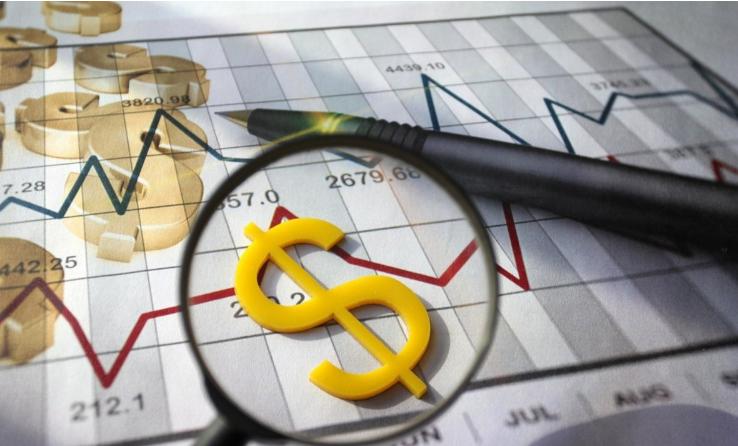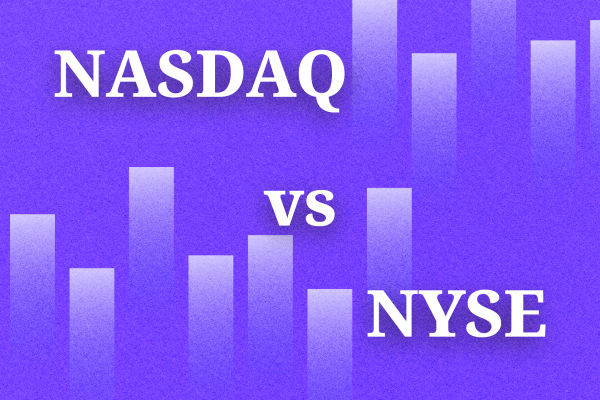Foreign exchange trading risk refers to the possibility of economic
losses caused by changes in exchange rates during the delivery and settlement of
external debt and debt by enterprises or individuals. China's foreign exchange
market has become an important part of the global market system, but for most
Chinese enterprises and residents, foreign exchange risk is still a topic that
has not been mentioned much. After the exchange rate reform in July 2005, with
the gradual implementation of a more flexible mechanism for the formation of the
RMB exchange rate, the fluctuation of the RMB exchange rate became increasingly
significant, and foreign exchange risk accompanied by fluctuating exchange rates
became a major issue that people had to pay attention to.

What are the Risks of Foreign ExchangeTrading?
1. Trading risk
Trading risk refers to the risk of losses caused by changes in the ratio
of foreign currency to local currency during the trade settlement process
of enterprises. In other words, when conducting a trade,
enterprises generally value trade in foreign currency. During the
trading process, losses are incurred due to changes in the foreign exchange
rate that result in a decrease in the actual cash flow obtained in the local
currency or an increase in the actual cash paid in the local currency. This risk
mainly arises in the process of business operations, with specific accounts
presented as unsettled accounts receivable or payable denominated in foreign
currencies, advance receipts or prepayments, futures trading, forward acceptance
bills, international investment, and international lending.
2. Translation risk
According to China's accounting regulations, Chinese enterprises need to use
local currency to calculate their operating conditions and financial content
over a period of time. Translation risk refers to the risk faced by foreign
trade enterprises in the process of converting foreign currency claims and debts
into cost currency when processing accounting statements. In the conversion
process, due to the different evaluation situations of assets and liabilities
during different periods, resulting in different gains and losses, and the
varying levels of exchange rate changes, there will be certain evaluation risks
in the accounting process.
3. Economic risks
Economic risk refers to the risk that a company's future earnings may change
due to the unpredictability of exchange rates during its operation. Economic
risk is only an expected assessment of potential risks that may arise in the
future. It is a process of overall market planning for foreign trade enterprises
and a reflection of their predictive ability. The accuracy of the predictive
results will directly affect the strategic decisions of enterprises in
production, sales, market development, and fundraising.
4. Foreign exchange trading risk
Foreign exchange buying and selling risk arises during the process of buying
and selling foreign exchange, manifested as speculative behavior in the foreign
exchange market, earning profit from price differences through exchange rate
fluctuations. This risk is the main risk for enterprises engaged in foreign
exchange trading.
5. Foreign exchange reserve risk
To meet the needs of foreign currency receipts and payments, foreign trade
enterprises will reserve a certain amount of foreign exchange. During the
holding period of foreign exchange reserves, if the exchange rate of the reserve
currency changes, causing a loss in the value of foreign exchange reserves, it
will form foreign exchange reserve risk. To effectively avoid this risk, foreign
trade enterprises should adjust their structure at any time based on changes in
exchange rates and payment demands, in order to minimize losses for the
enterprise.
Understanding and managing these risks is crucial in foreign exchange
trading. The use of appropriate risk management tools and strategies, such as
stop-loss orders and reasonable position control, can help traders reduce risk
and protect funds. In addition, a reasonable trading plan, sufficient market
research, and continuous learning are also key to reducing risks.







